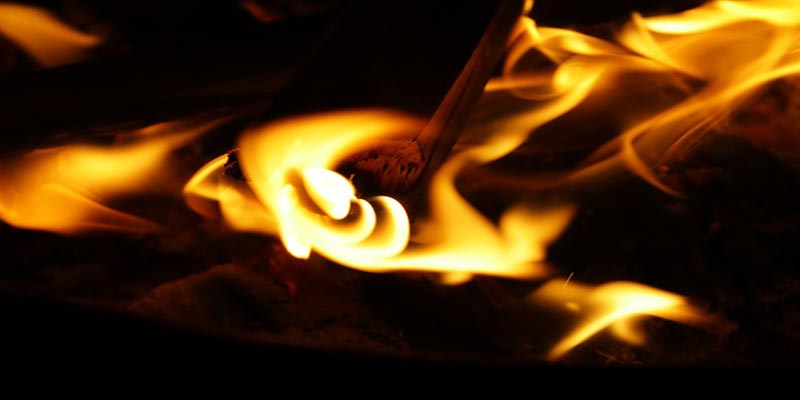When it comes to office and business safety, fire is a very important consideration. Sure, it’s rare to have a fire in your building, but it is very important to understand that when you do, it isn’t always as simple as grabbing the nearest fire extinguishers and putting it out.
A report out today from Integral Fire Protection, says there are a number of different fires which all behave differently. Obviously, the standard wood or flammable solid based fire is the most common, and is probably the one which we are all familiar with. However, there are at least four other types of fires – classified by the fuel they burn – which should be treated differently to maximise your chance of extinguishing them safely. They are:
Class A Fires – General Combustibles
These are the fires which we are all familiar with. They are fuelled by oxygen, and generally involve common materials like paper, wood, plastic or fabrics burning. They are easily managed, and can usually be controlled by dousing with water, using an appropriate fire extinguisher or covering with sand or a fire blanket.
Class B Fires – Flammable Liquids
Flammable liquids, such as petrol or oil, behave differently to solids when they burn. Since liquids can flow, it is extremely important to never throw water on a liquid fire. The water will sink below the flammable liquid in most cases, evaporating and causing an explosion. Make sure that you use an appropriate fire extinguisher – such as a dry powder or CO2 one – to minimise the risk of making the fire worse.


